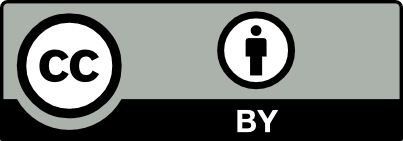ACTIVATED CARBONS IMPREGNATED BY CHITOSAN AND ITS COMPARISON WITH COMMERCIAL CARBONS
Abstract
Activated carbons were prepared from corncob and red mombin seed and impregnated with chitosan. Field Emission Scanning Microscopy (FESEM) micrographs confirm the presence of chitosan in the activated carbon surface. Adsorptive and antibacterial properties of the prepared materials were compared with two adsorbents used in commercial water filters. Equilibrium adsorption experiments showed that the materials prepared in this study had maximum adsorption capacity to methylene blue that is comparable with those of the commercial adsorbents (between 145 and 192 mg/g).
Activated carbons impregnated with chitosan exhibited higher antibacterial capacity against E. coli than the commercial adsorbents. The activated carbons prepared from corncob reach levels of reduction as higher as 96,3%. Meanwhile the commercial activated carbons had reduction values lower than 60,3%.
Downloads
Copyright (c) 2016 Sociedad Química del Perú

This work is licensed under a Creative Commons Attribution 4.0 International License.
Revista Arbitrada
Derechos reservados: Prohibido el uso total o parcial del material de esta revista sin indicar la fuente de origen.
Nota: Las referencias comerciales que aparecen en los trabajos no constituyen una recomendación de la
Sociedad Química del Perú










